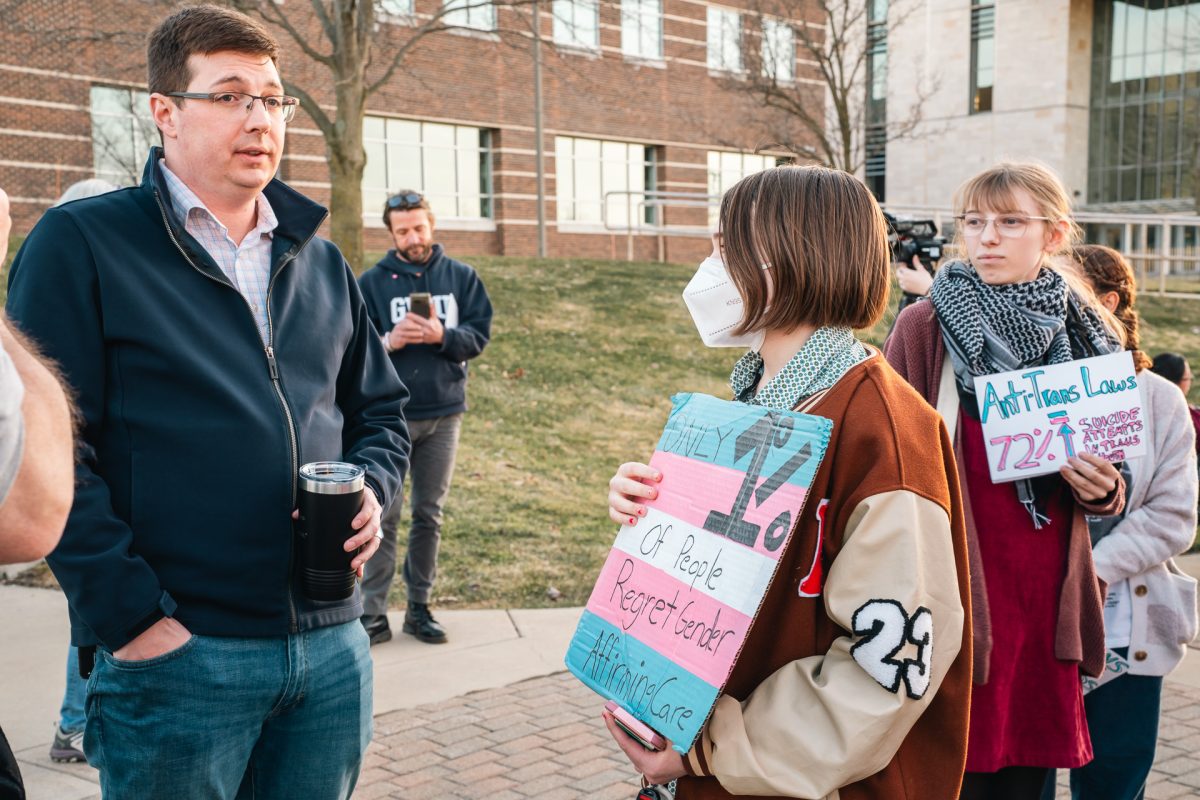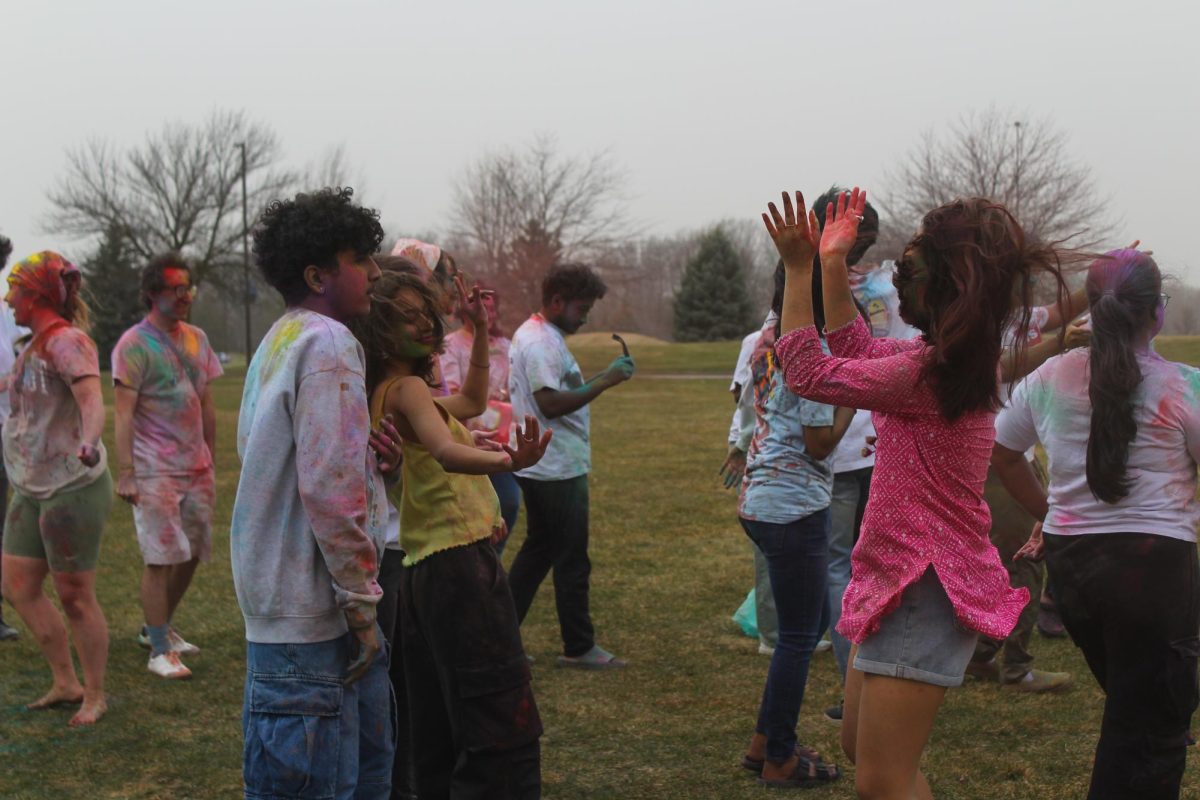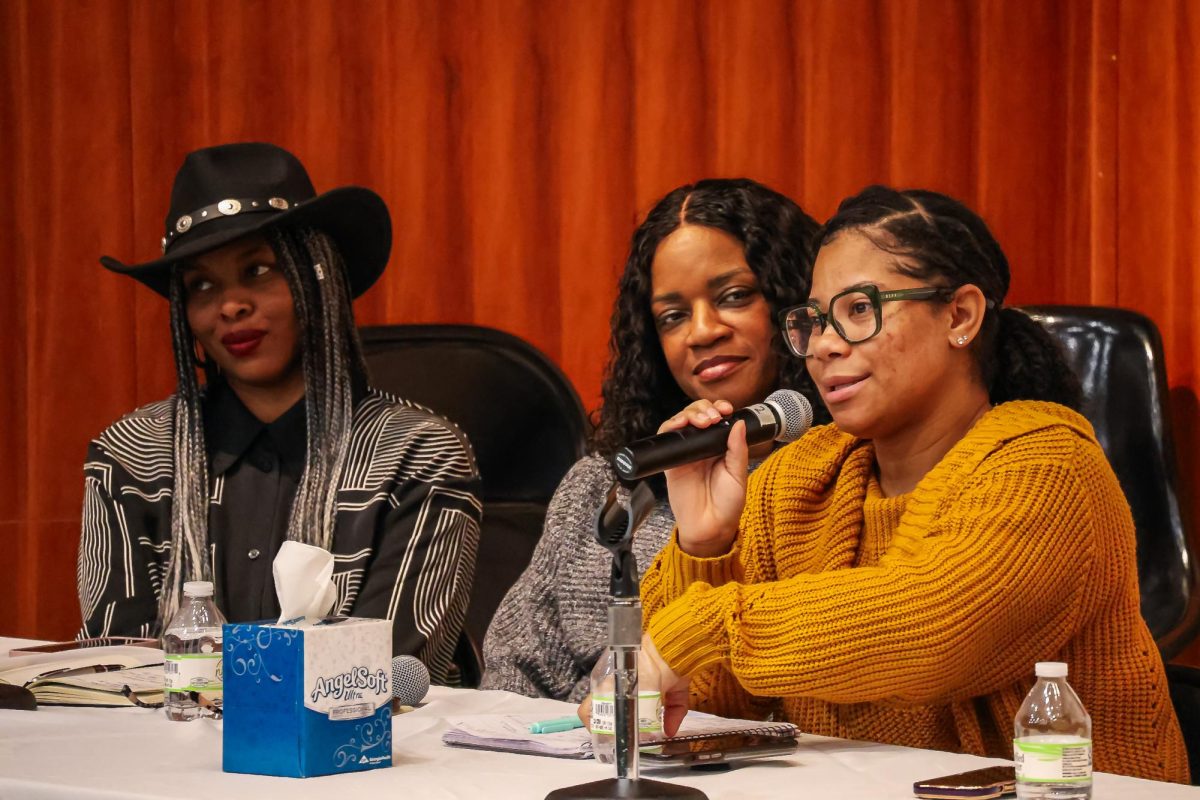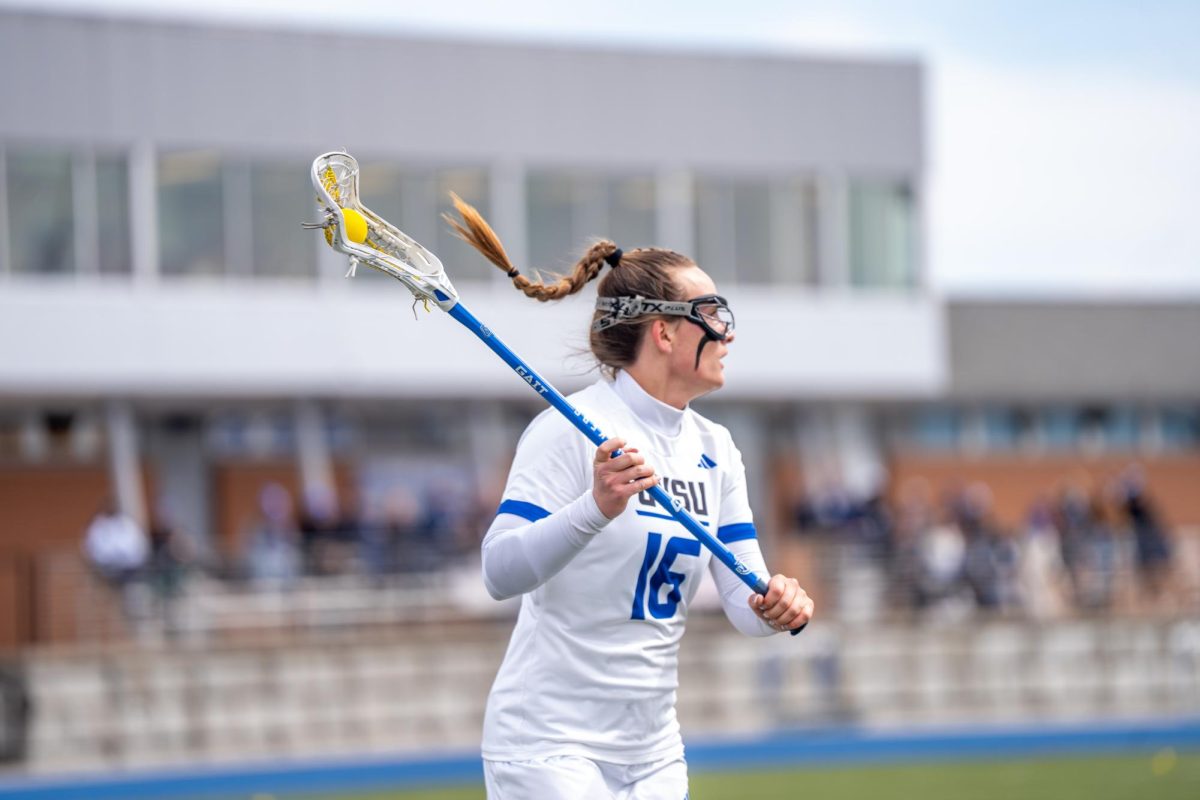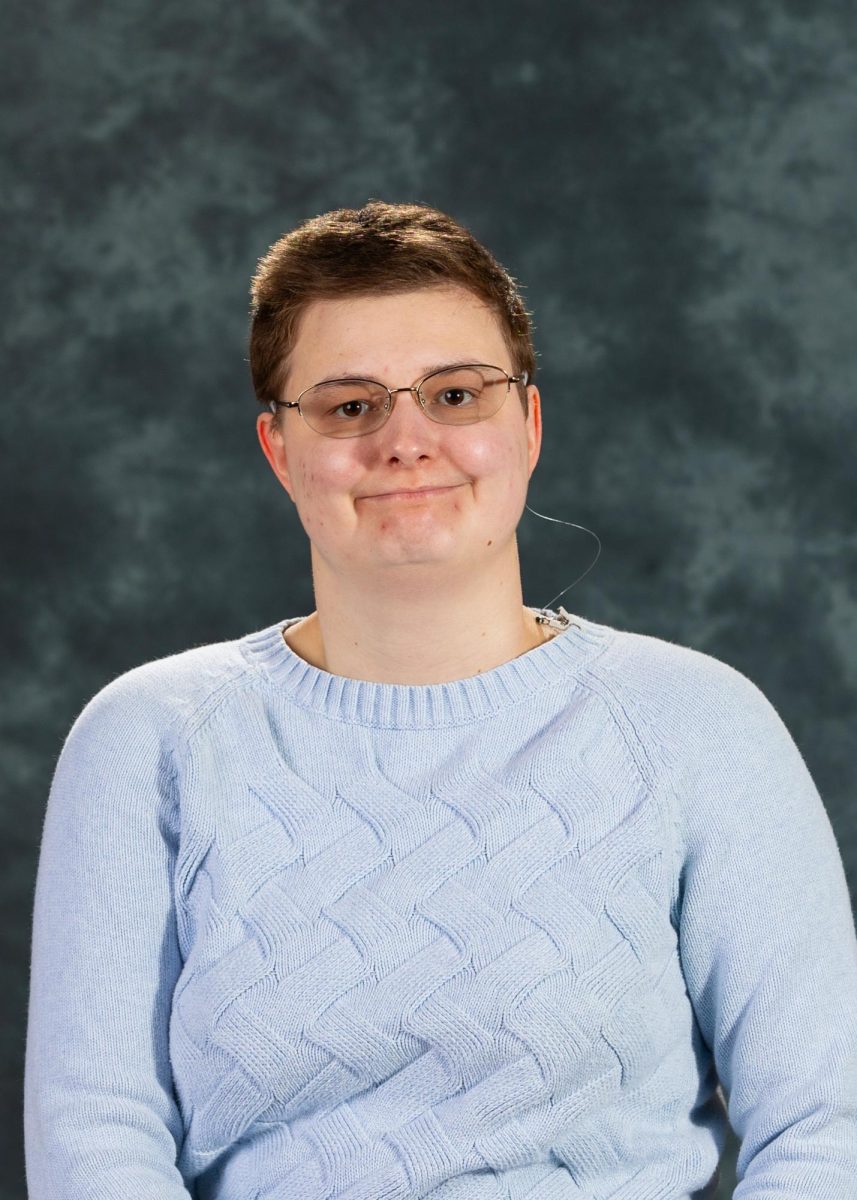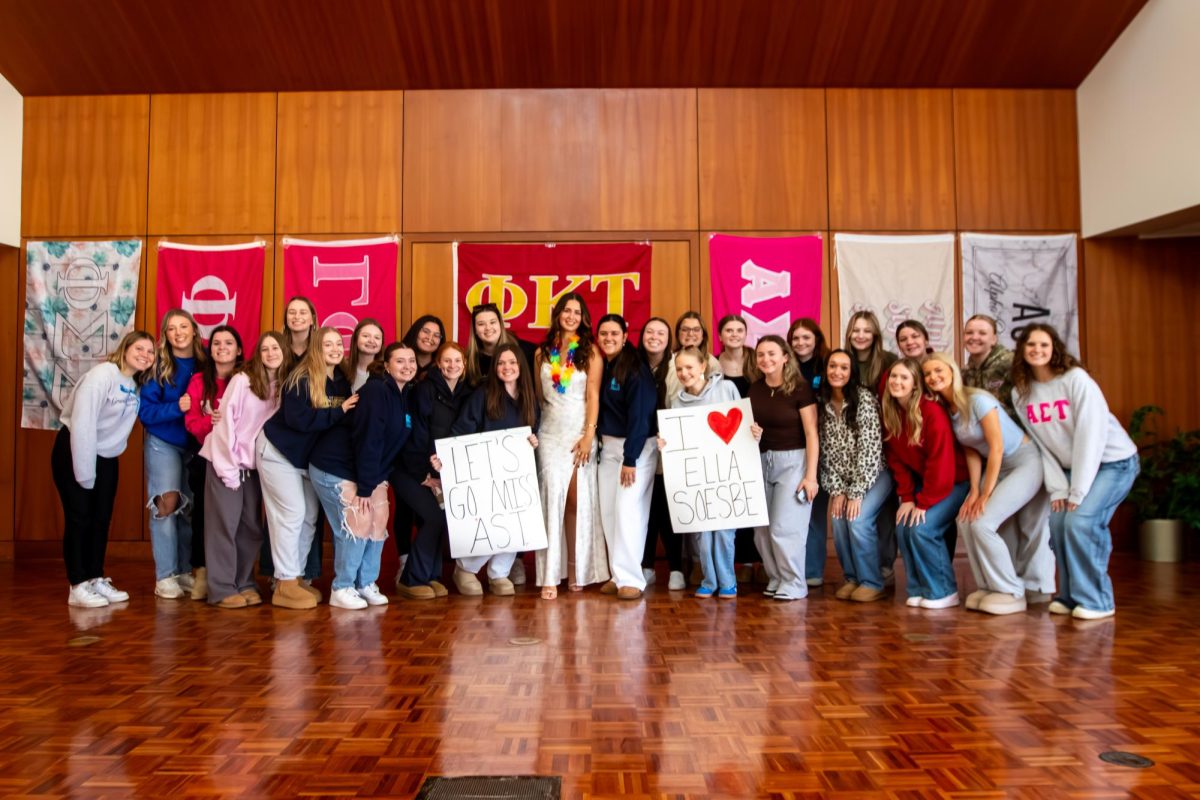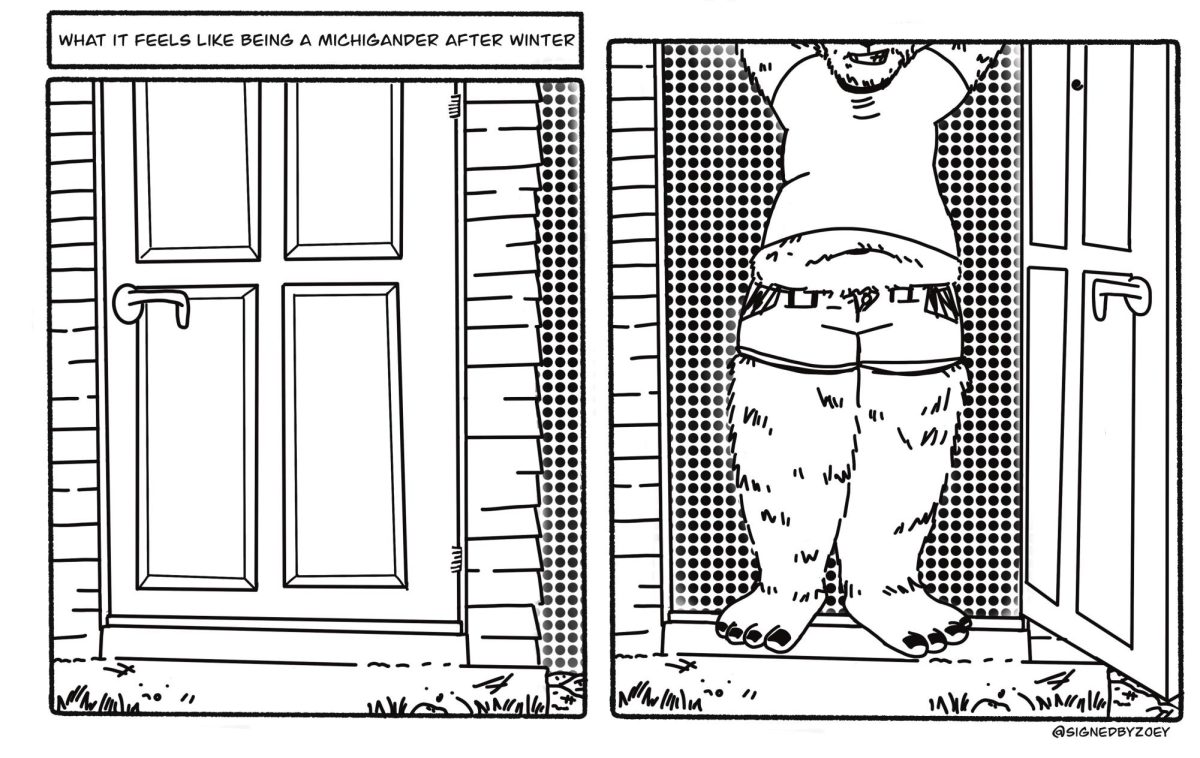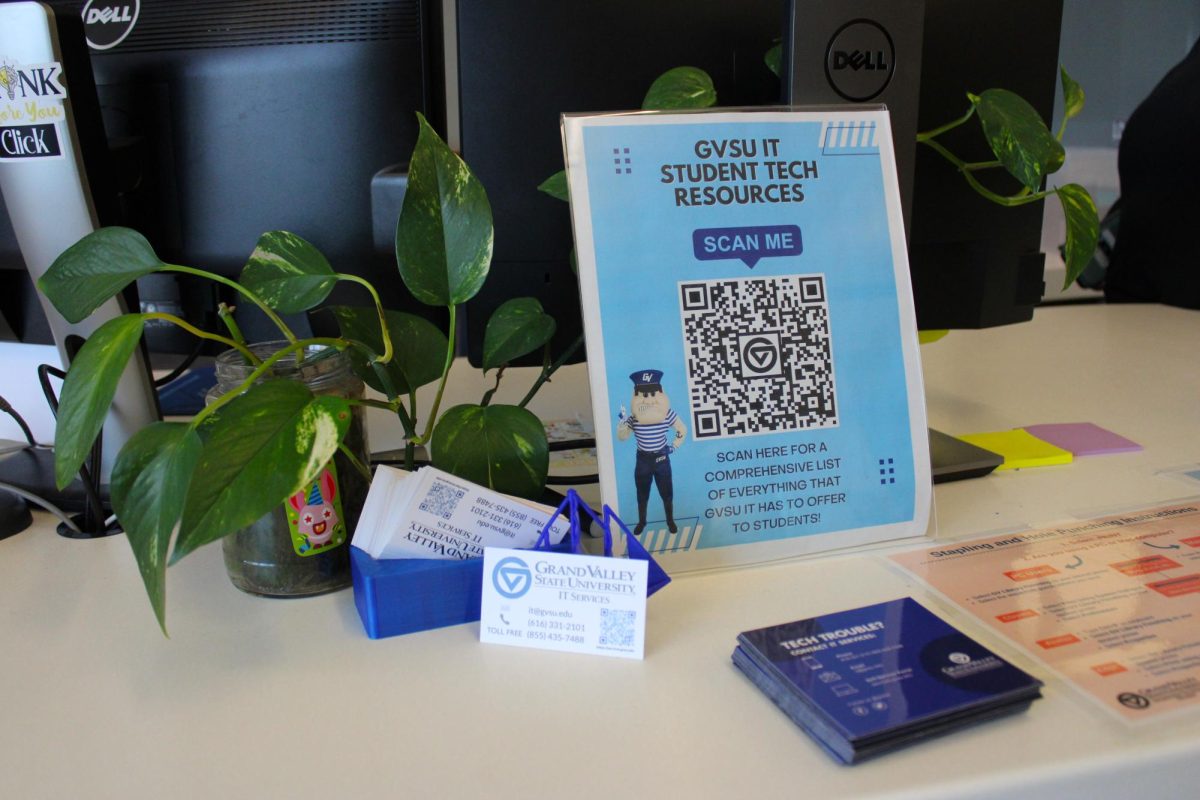Editorial: Low attendance, engagement cues reflection on mental health
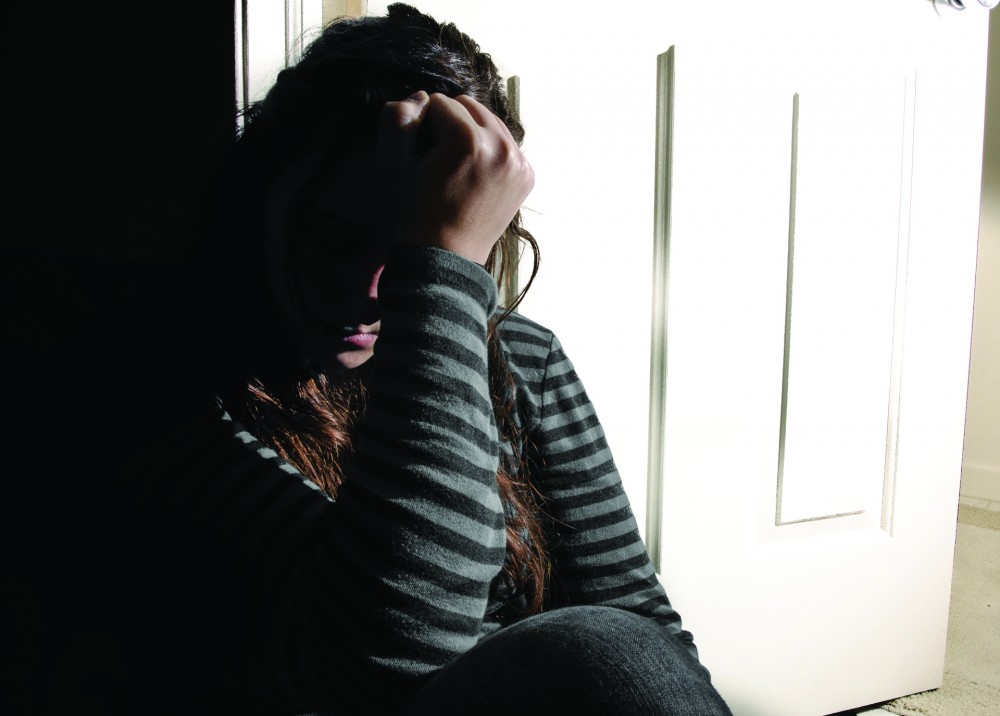
GVL Archives
Mar 21, 2022
It’s been a week since Grand Valley State University students returned from spring break. Some students are burnt out, skipping classes and deeply unmotivated.
College students have been undergoing a mental health crisis this past winter. The crisis has been attributed to the COVID-19 pandemic, but other large-scale issues — like the dismal recent history and near future of climate change and Russia’s long foreseen and presently ongoing invasion of Ukraine — have likely contributed to student burnout as well.
Since the onset of the winter semester at GVSU, there’s been a visible decline in attendance. Long before professors were competing with sunny 60-degree weather, the problem became widespread enough for GVSU administrators to address.
GVSU students and faculty received an email on February 24 from Executive Vice President for Academic Affairs Chris Plouff and Vice President for Student Affairs Jenny Hall-Jones. The email, titled “Student Engagement,” urged students to attend classes and reminded students of the university’s mental health resources.
The email, which received scrutiny from students on social media, didn’t appear to increase attendance. Despite a week of spring break, students, the Lanthorn Editorial Board included, returned to class lacking the sense of renewal we hoped to feel.
It’s easy to place blame on the news cycle, the pandemic, the good and bad weather. But ultimately, there’s something else going on. Students have noticed it, our instructors have noticed it, our administration has noticed it, and taken note of mental health as a contributing factor.
Big picture approaches like the de-stigmatization of mental illness and more local strategies like the availability of GVSU’s counseling services are helpful, but ultimately treat mental illness as an individual issue.
Some scholarship in sociology has pointed to the possibility that the rising number of mental health cases is a consequence of dehumanizing policy decisions and workplace practices. Maybe, preferable to efforts that make mental health a predominantly personal responsibility, are solutions that politicize mental health and create policies that address possible root causes — like the absence and stigmatization of social safety nets and protections for workers.
Last year, out of necessity, GVSU replaced fall and spring breaks with two break days, spaced out throughout the semester. These days off couldn’t offer what a full week could. However, they gave students something to look forward to as the semester dragged on. It may not have been enough for students to fully “unwind,” but these days offered students a chance to catch up on assignments or spend some time cleaning their rooms.
This need hasn’t disappeared – as students feel the need to miss classes in order to have time for themselves. Scheduling mental health days in the semester could at least address the symptoms of the university’s mental health crisis, and combat attendance issues by building in time for self-care in GVSU students’ schedules.





